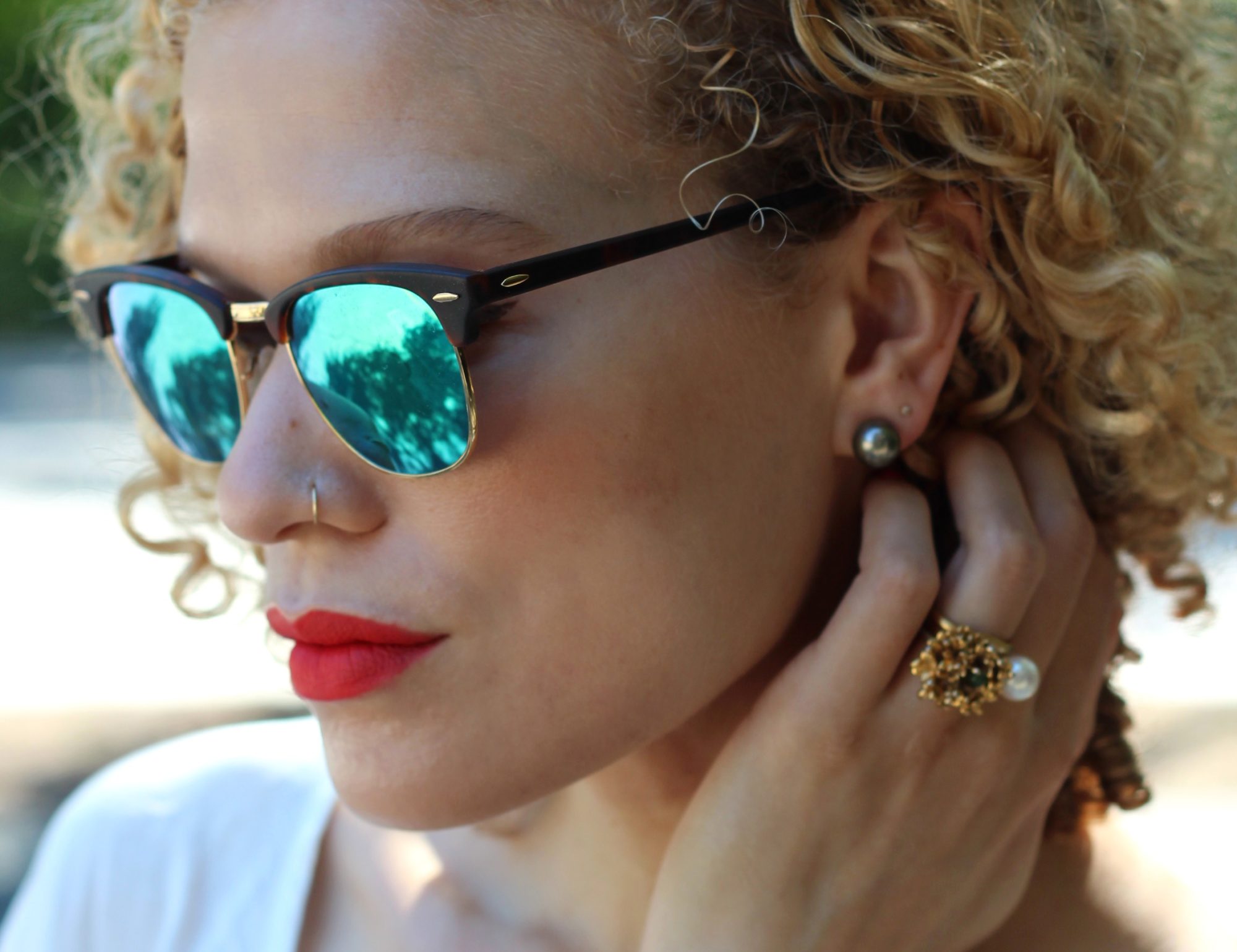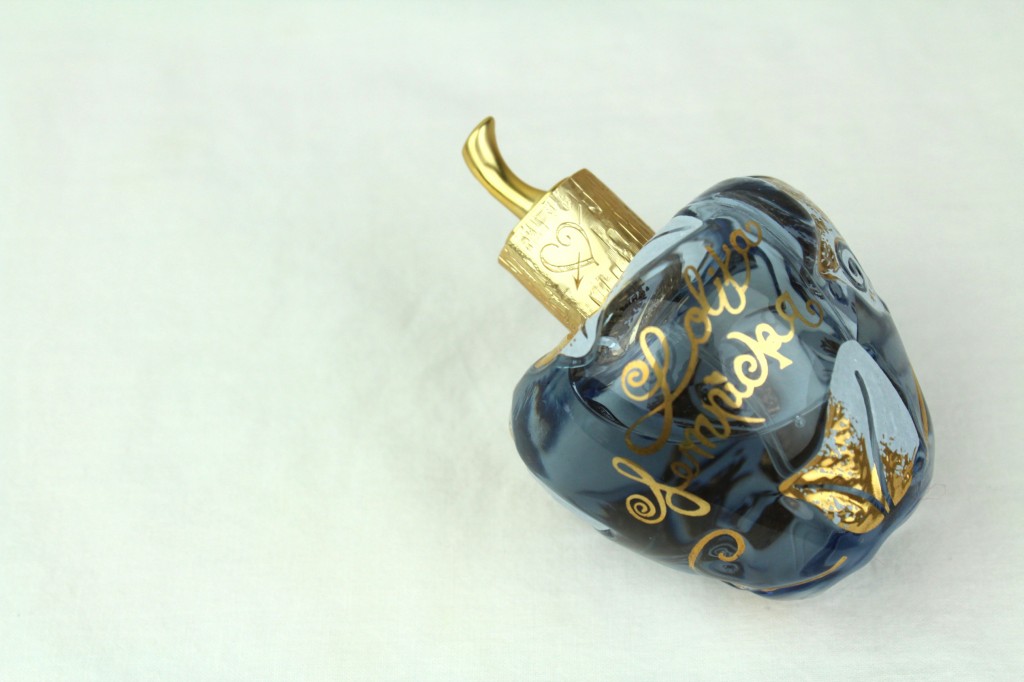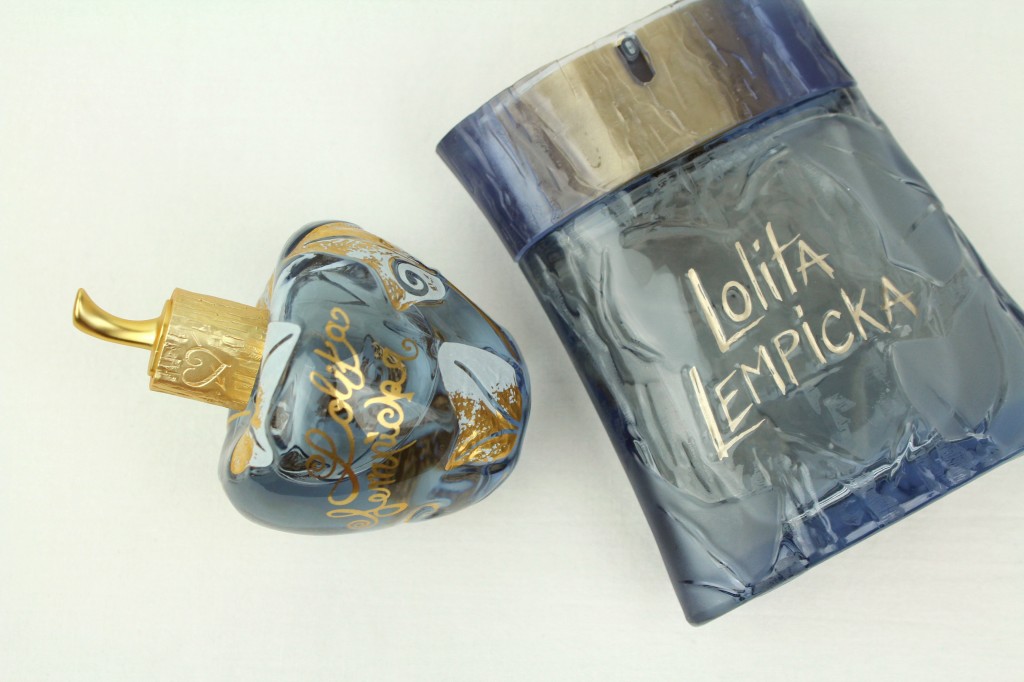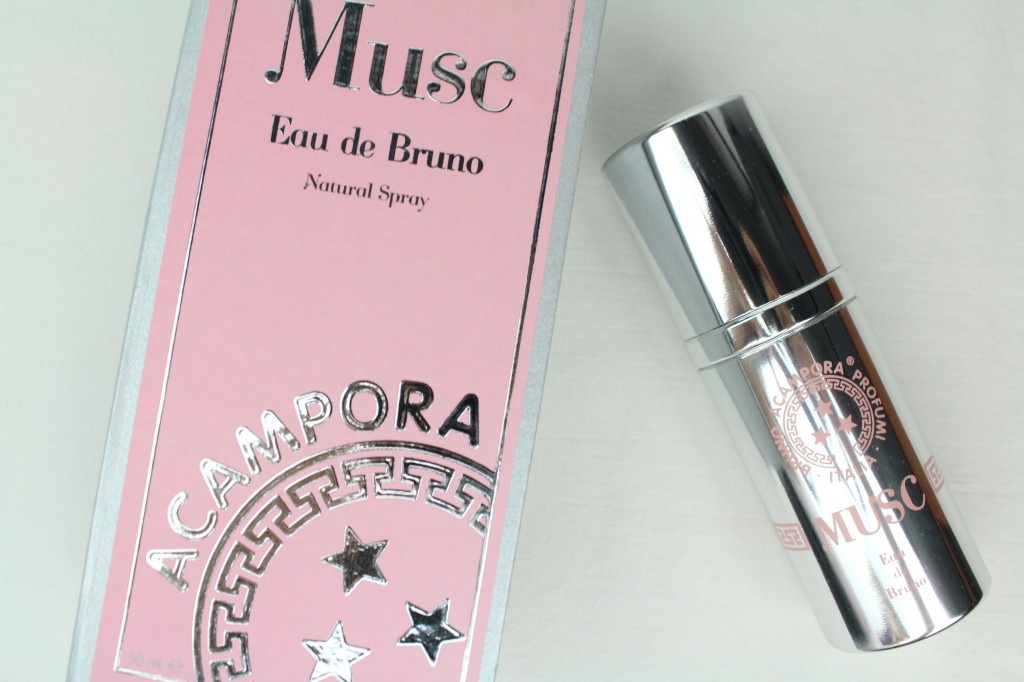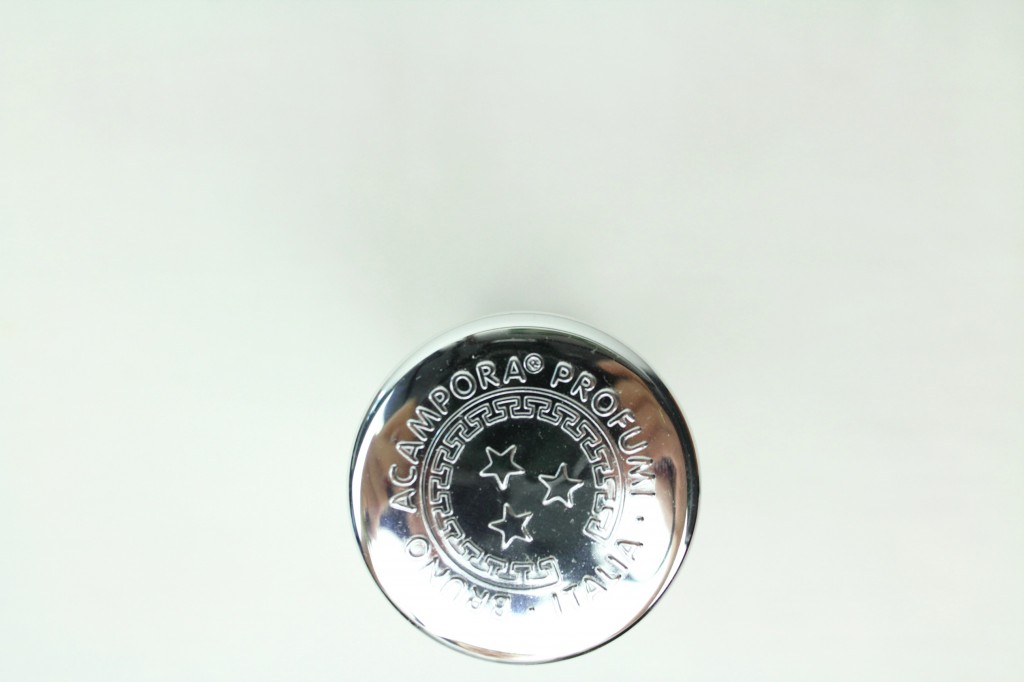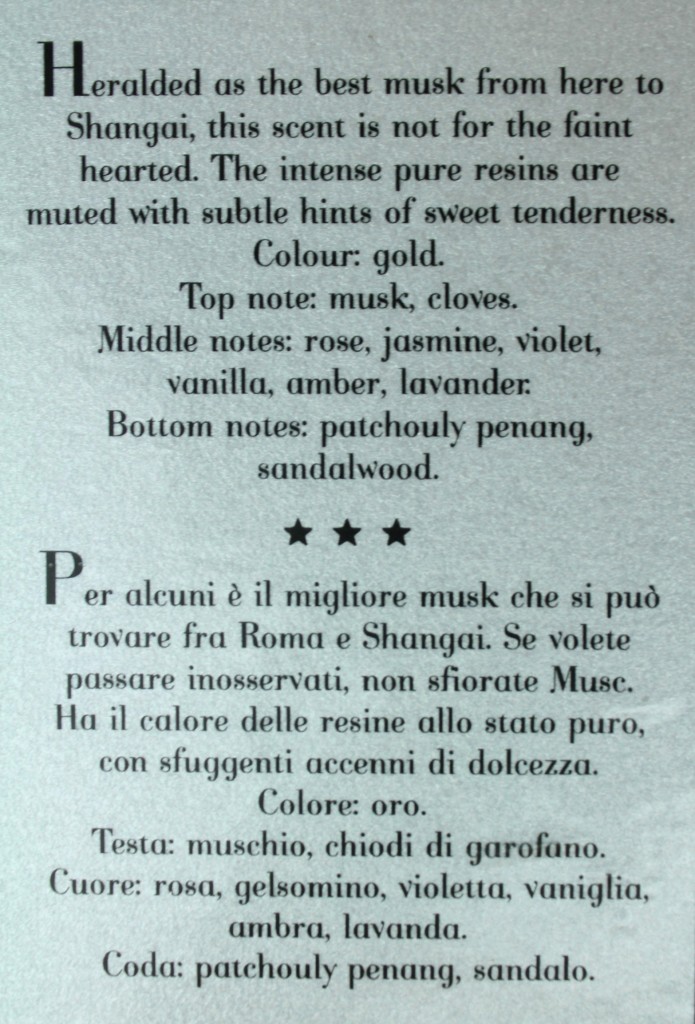Lolita Lempicka is a strange and unexpected fragrance, designed by the talented Annick Menardo in 1997 for the French fashion house. It opens with a very sweet licorice note—imagine aniseed (or maybe better, anisette) cotton candy—which softens but remains in the forefront for the duration of wear. Give it 10 to 20 minutes and it’s hard to say what is happening on your arm; chocolate, lavender, powder, vanilla…the scent is creamy yet not heavy, lasting several hours on me and seeming to change its face from one hour to the next and one wearing to the next. Sometimes it seems like a complex bourbon-vanilla and the licorice, which I can intellectually trace back to, is almost entirely disguised or subsumed by something like praline or marzipan with hints of coffee and chocolate throwing additional licorice-cloaking shadows.
This perfume is often compared to Mugler’s Angel, another sweet gourmand of an entirely different species (chocolate/vanilla/patchouli), and while Angel has something flirtatious and heady about it, the brightening, almost herbal quality of licorice, underscored by the actually herbal ivy and violet notes, keeps Lolita Lempicka light and innocent. It manages to be fully sweet, unmistakably sweet, without being cloying. A more or less straight licorice doesn’t work for me (see Hermes Brin de Reglisse) but the creamy current of powdery tonka sweetness contrasted with the gentle violet grounds this fragrance.
The classic Lolita Lempicka bottle is an apple, and the Lolita Lempicka Au Masculin bottle a tree trunk. I say: cute.
There is an Alice in Wonderland kind of strangeness to this perfume (this is the flavor, perhaps, of the EAT ME biscuit), which was extremely innovative when it was launched and still smells interesting and modern to me now. It can be a bit sweet for me, and it may be a bit sweet for you. It’s often a candidate for layering with something more masculine to temper the sweetness, and I often opt for the less creamy Au Masculin when I want a licorice note (I’ll tell you about that another time), but this is the kind of fragrance I love to find lingering on my scarf or sweater days later.
